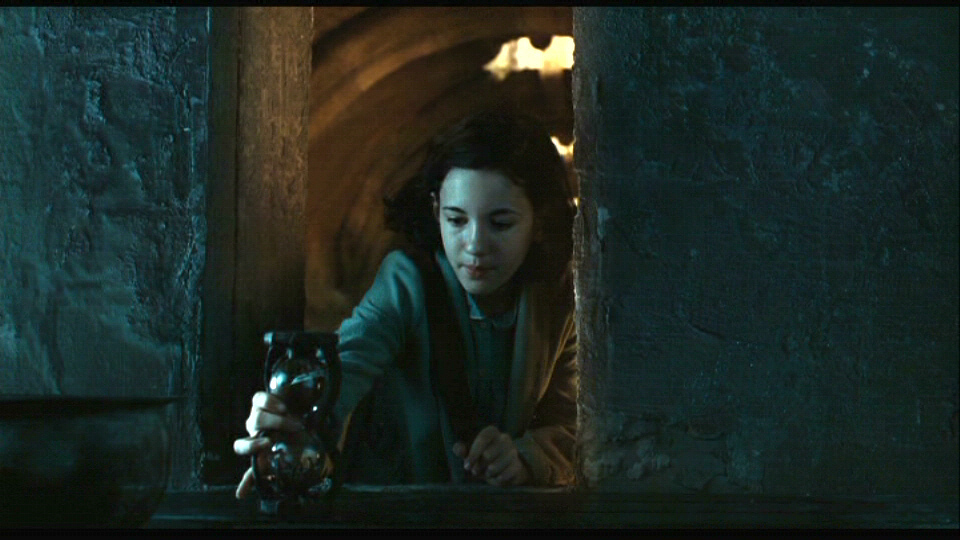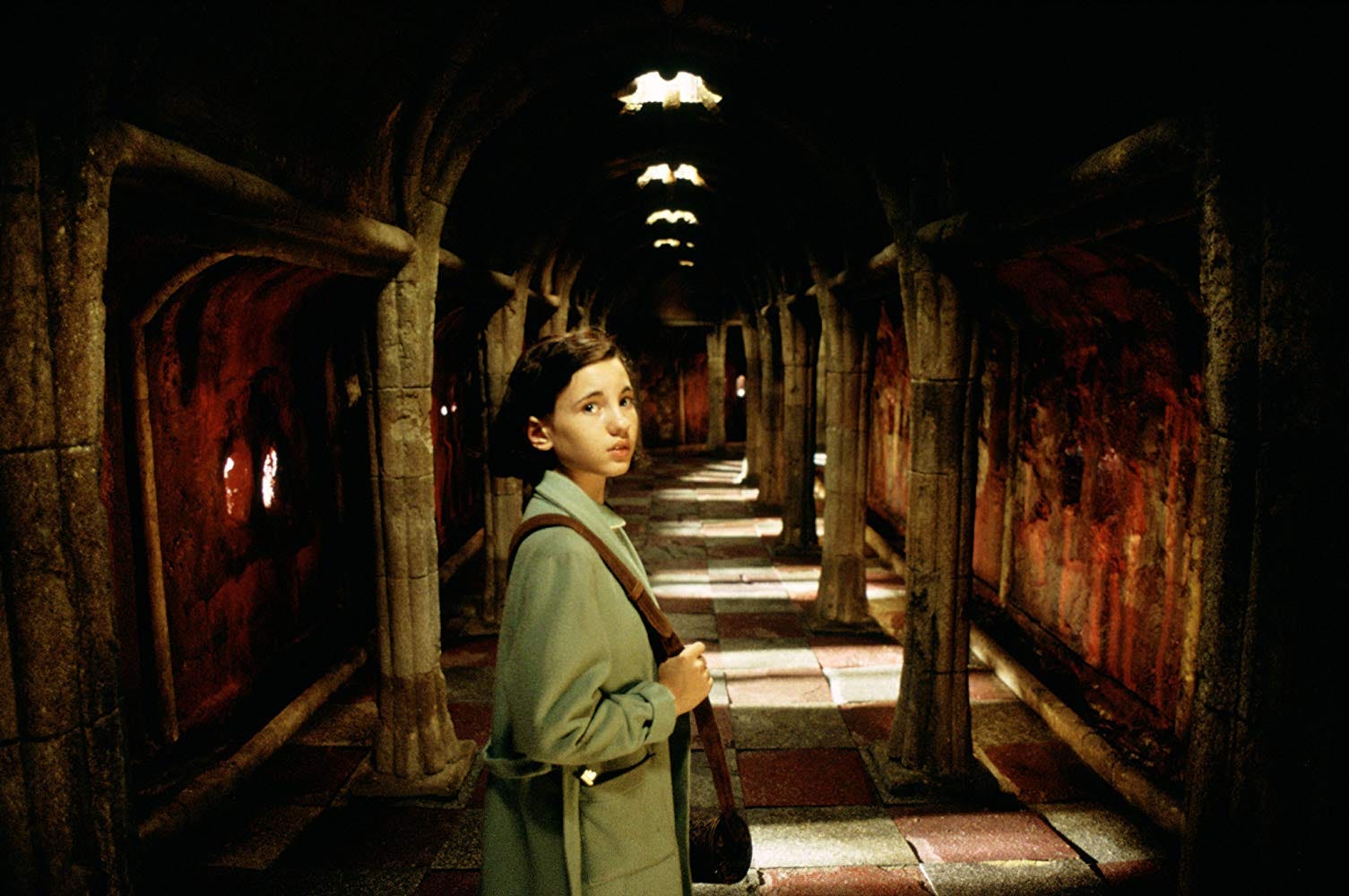Guillermo del Toro’s Pan’s Labyrinth concludes with a hauntingly ambiguous ending that blurs the line between fantasy and tragedy. The story of Ofelia, a young girl living through the brutality of post–Civil War Spain, reaches its peak as she faces a final test of purity and sacrifice. The film explores how imagination becomes both a refuge and a weapon against cruelty, leaving audiences to question whether Ofelia transcended into a magical realm or succumbed to the harshness of reality. Her death, whether literal or symbolic, represents the eternal conflict between innocence and brutality.
In the film’s climax, Ofelia flees into the labyrinth with her newborn brother, desperate to save him from her ruthless stepfather, Captain Vidal. At the center of the labyrinth, she meets El Fauno, who demands that she spill innocent blood to open the portal to her underground kingdom. Ofelia refuses to harm her brother, choosing compassion over power. Vidal arrives, seizes the child, and shoots Ofelia. As she lies dying, rebels kill Vidal and rescue the baby. In her final moments, Ofelia envisions herself in a radiant castle, welcomed by El Fauno and her royal parents. Her selfless act becomes her passage into the magical world she longed for.
Life, Death, or Fantasy: The Ambiguity of the Ending
Del Toro’s ending refuses to provide clear answers. Viewers see Ofelia’s body lying lifeless as rebels grieve, yet simultaneously witness her standing proudly in her mythical kingdom. Through a voiceover, El Fauno assures that the princess ruled with kindness and justice for years to come. Skeptics interpret this as the dying dream of a traumatized child, while believers see it as her spiritual ascension. The duality of these interpretations is what gives the ending its emotional power, allowing both hope and heartbreak to coexist in the same moment.

The question of whether the magic in Pan’s Labyrinth is real or imagined lies at the heart of the story. Ofelia is the only character who ever sees the faun or the fairies. To the adults, her adventures are childish delusions, a coping mechanism against the horrors of war and abuse. The grotesque creatures she faces, such as the Pale Man and the monstrous toad, mirror the ugliness of her real-world fears. Like Shakespeare’s Ophelia, after whom she is likely named, Ofelia’s descent into madness or transcendence is open to interpretation. Her imagination may be a survival mechanism, transforming unbearable pain into myth.
The Power of Ambiguity in Storytelling
Unlike stories that dismiss fantasy as mere dream sequences, Pan’s Labyrinth embraces uncertainty as part of its beauty. Del Toro walks the fine line between imagination and realism, never confirming which is true. This ambiguity deepens the film’s emotional resonance, allowing the audience to feel both triumph and tragedy. Ofelia’s death is heartbreaking, but it is also uplifting if one believes she earned her place in a better world. By refusing to define what is real, del Toro invites viewers to reflect on the human need for hope and the ways imagination can transcend suffering.
Pan’s Labyrinth endures because it is both a fairy tale and a war story. Del Toro does not use fantasy to escape reality but to confront it. Through Ofelia’s sacrifice, he portrays how innocence can challenge the worst forms of cruelty, even if it cannot survive them. The magic may or may not exist, but the emotional truth of Ofelia’s courage does. The ending leaves audiences haunted yet inspired, understanding that imagination, compassion, and moral strength can remain powerful even in the darkest of worlds.



